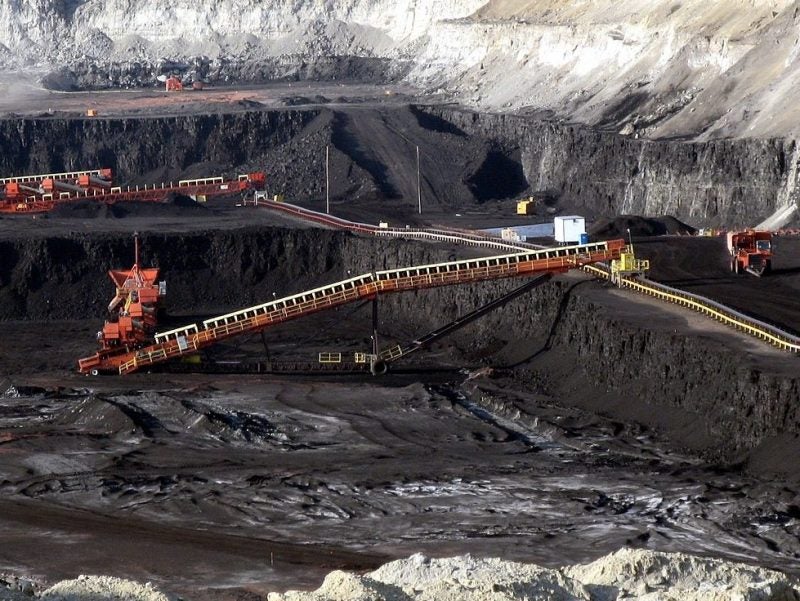Coal. Roughly 80 percent of the w~~ld output of coking .11
coal is produced by six countries: the United States, the United
Kingdom, West Germany, the U.S.S.R., China, and Poland. The
United States has vast reserves of coal (5) and exports over .
10 percent of its total production, most of it metallurgical
coal. A substantial part of the United States output is
exported to Japan, Canada, and Western Europe.
Bituminous coal is classified into two general grades--
steam coal and metallurgical coal. The most important market
for steam coal is the electr ic utility industry. Domestic
steel producers require metallurgical coal for the production
of coke, which is a basic material required in blast furnaces -~:
;
for the production of pig iron. Coking coal must be of high
caloric value, of low to medium volatility, and of low ash and
sulfur content. Since all desired properties are not often
inherent in anyone type of coal, blends of coal are quite
common. Steel producer s closely coord inate the i r coke production with their blast furnace operations.
-36-
Iron and Steel Scrap. The third major raw material for
the production of steel is iron and steel scrap. As seen in
table 2.12, the United States has had a strong position in the
exporting of scrap. The U.S. has traditionally been the world's
largest exporter of scrap.
Scrap iron is usually divided into three general classifications: horne scrap (sometimes call "mill revert"), prompt
industrial scrap, and obsolescence scrap..
'.Home scrap originates
in steel mills in the processing of steel into var ious shapes
and products; prompt industrial scrap or iginates in companies
that stamp and machine metal; and obsolescence scrap consists
of junked cars, appliances, and other metal items. In volume,
home scrap is by far the largest, amounting to approximately 66
percent of total scrap consumed in 1970. About 20 percent of
the total is prompt industrial scrap, and about 13 percent is
obsolescence scrap (primarily old cars).
Home scrap is essentially the difference between liquid
steel production and steel mi 11 shipments, and consists of
ingot scrapings, spills of hot pig iron, and steel mill or
foundry product trimmings, ends, and rejected materials. In
the short run, the supply of home sC.rap is completely priceinelastic, since the amount of scrap generated at steel mills
varies directly with liquid steel production. Since the amount
of home scrap recycled is essentially equal to the amount generated, it is simply inventory that is turned over rapidly.

